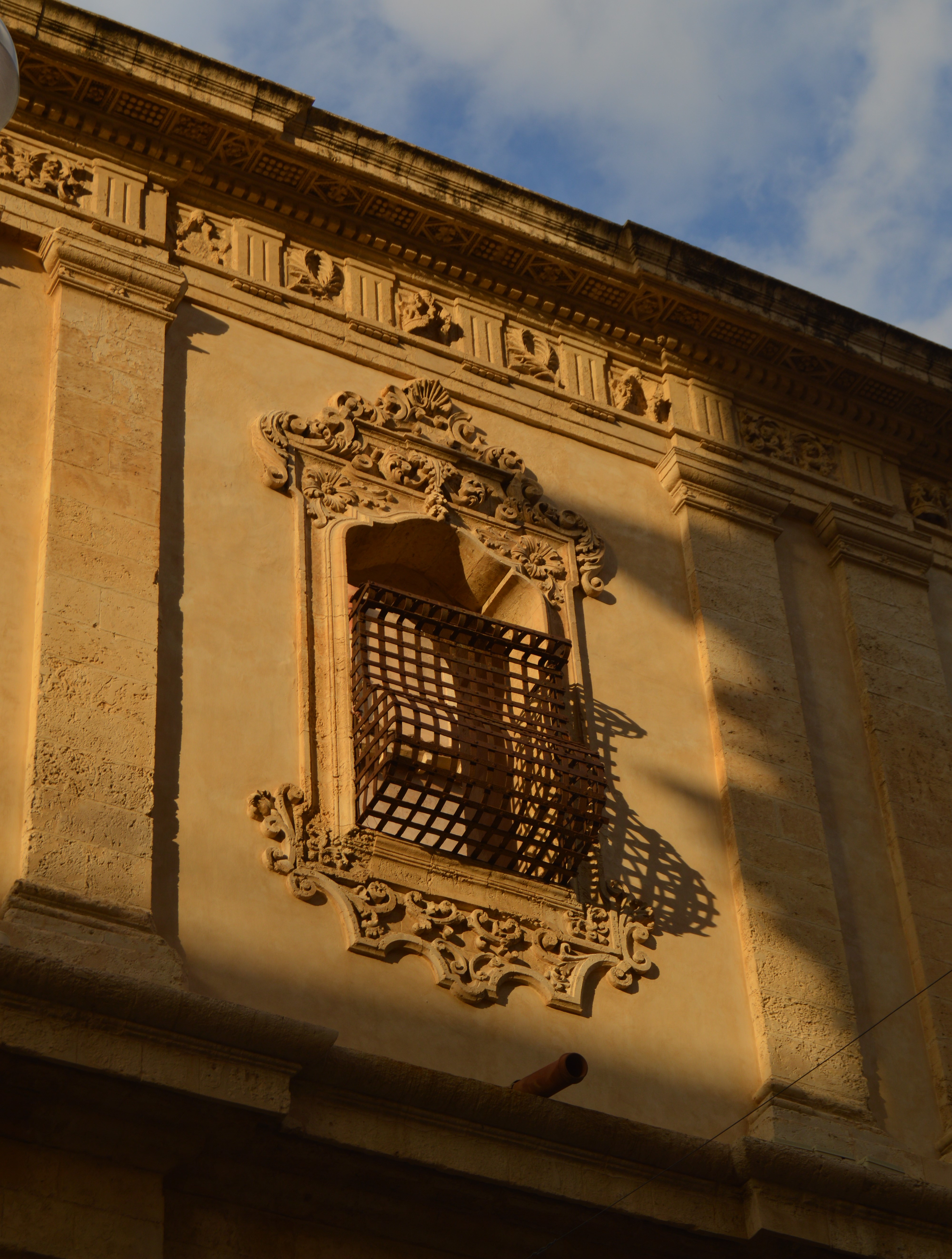The beautiful Noto limestone cladding Noto's Baroque Buildings
The historical centres of Mediterranean cities are characterized by buildings, especially monumental ones, whose external surfaces are often stone cladded. The historical buildings of Noto from the Early 18th century to the Mid-19th century, are an example.
They are clad and constructed from Noto Stone, a fine-grained limestone, heterogeneous for the presence of fossil, with a yellowish colour belonging to the Formation of Palazzolo. It is still produced by the Porcari-Tolentino quarry of Noto.
Whilst it is porous and shows some whitish stains after initial weathering and then suffers a metamorphosis of the external surfaces because of the formation of a thick salty crust and can fall apart after severe weathering it has survived well and still looks beautiful in the sunlight.
The same stone has formed sands that are used in top coat lime bound renders and lime based pointing mortars with an effect of uniting the buildings up which they are used.

